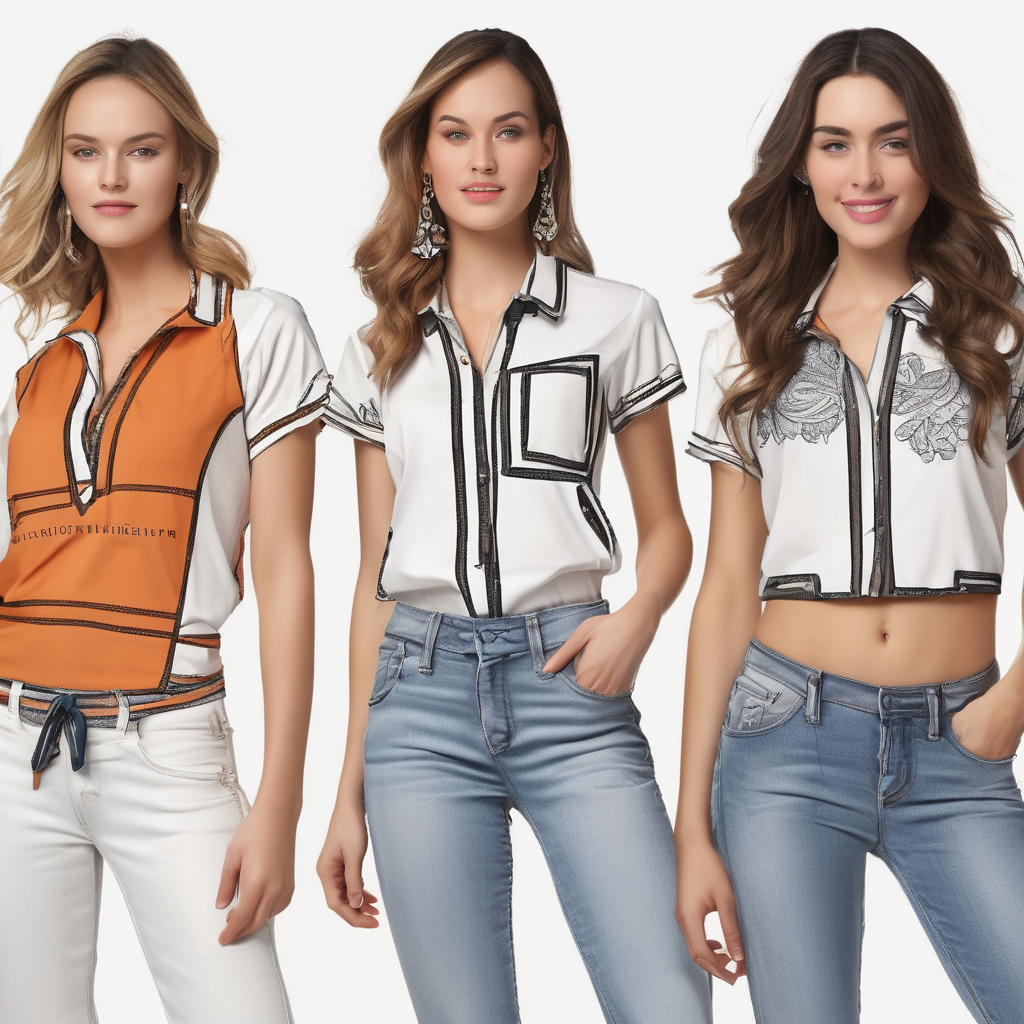From high-performance athletes to fitness enthusiasts, the demand for breathable fabrics in sportswear is on the rise. The needs are diverse; ranging from moisture control, comfort, and durability to superior performance under intense conditions.
In this article, we delve into the world of materials science to explore the latest advancements in breathable fabrics used in sportswear. We scrutinize the properties of synthetic materials like polyester and nylon, and how they have been optimized for sportswear applications. Our exploration also encompasses the role of traditional materials such as cotton, and how they have been reinvented with innovative technologies.
In the same genre : What Is the Ideal Embellishment for a Tweed Jacket to Wear to a UK Country Club?
Enhancing Performance with Synthetic Fibers
The sportswear industry heavily relies on synthetic fibers such as polyester and nylon due to their high performance and durability. In recent years, these materials have been subjected to intense research and development, resulting in some groundbreaking innovations.
Synthetic fibers, particularly polyester, are known for their exceptional moisture wicking capabilities. They quickly absorb sweat from the skin and expel it to the surface of the clothing to evaporate. This results in an effect known as moisture management, keeping the wearer dry and comfortable during strenuous physical activities.
Also to discover : How to Choose the Perfect Fedora for a Summer Festival in Wales?
Latest advancements in polyester-based sportswear focus on improving this moisture management capability. For instance, some manufacturers are now using microfiber polyester, a high-tech variant that has a finer fiber diameter compared to ordinary polyester. This enhances the fabric’s permeability, making it even more breathable and effective at moisture management.
Additionally, the usage of nylon in sportswear has seen a resurgence due to its exceptional strength and elasticity. New developments in nylon manufacturing processes have given birth to breathable nylon fabrics that provide superior comfort and performance.
Innovations in Cotton-Based Sportswear Fabrics
Despite the dominance of synthetic fibers, cotton remains a popular choice in sportswear due to its superior comfort and natural feel. However, cotton has generally been considered less suitable for high-performance sportswear as it absorbs moisture and takes longer to dry.
In response to this, scientists and manufacturers have been experimenting with various treatments and blends to enhance the performance of cotton-based sportswear fabrics. One such innovation is the development of cotton-polyester blends that combine the comfort of cotton with the high-performance characteristics of polyester. These blends provide excellent moisture management, maintaining the wearer’s comfort during strenuous activities.
Another promising innovation is the introduction of water-repellent treatments for cotton fabrics. These treatments modify the cotton fiber at a molecular level, making it repel water instead of absorbing it. This significantly improves the fabric’s drying time and breathability, making it a viable choice for high-performance sportswear.
The Role of Permeability in Breathable Fabrics
Permeability is a crucial factor in determining the breathability of a fabric. It refers to the ability of a material to allow air and water vapor to pass through it. High permeability is desirable in sportswear as it helps to maintain the wearer’s comfort during activity.
Recent innovations in fabric technology have focused on enhancing the permeability of sportswear fabrics. This is achieved through a variety of techniques including the use of microfibers, special weaving techniques, and unique fabric finishes.
Microfiber technology, as previously mentioned, is used in polyester-based sportswear to enhance permeability. The finer fibers create a larger surface area, allowing more air and moisture to pass through the fabric.
On the other hand, innovative weaving techniques are being used to create fabrics with unique structures that enhance permeability. For instance, some manufacturers are using 3D knitting techniques to create fabrics with unique three-dimensional structures that allow for better airflow.
The Future of Breathable Fabrics: Scholarly Insights
Scholars and researchers are at the forefront of developing new materials and technologies for breathable sportswear fabrics. A recent review in a respected materials science journal highlighted some emerging trends in this area.
One such trend is the development of smart fabrics that can adjust their properties based on external conditions. These fabrics are designed to change their permeability in response to factors such as temperature and humidity, ensuring optimal comfort and performance for the wearer.
Another trend is the development of bio-based materials for sportswear. These materials, derived from natural sources such as plants and algae, promise to deliver the performance of synthetic fabrics while being more sustainable and environmentally friendly.
The field of breathable fabrics for sportswear is continually evolving. As the demand for high-performance, comfortable, and sustainable sportswear grows, we can expect to see more innovations and advancements in this area.
Bio-Based Materials for Performance Sportswear
In a world increasingly conscious of sustainability, the development of bio-based materials in the production of sportswear fabrics is gaining significant attention. According to a recent Google Scholar study, researchers are exploring plant-based materials for their potential to deliver high performance while remaining plastic free.
Materials like organic cotton, bamboo, and hemp are being explored for their unique properties. For instance, bamboo is known to be highly breathable, hypoallergenic, and has excellent moisture management properties. The material also possesses a natural antibacterial quality, making it an excellent choice for active sportswear.
Moreover, the use of algae-based materials in sportswear is another promising innovation. Algae, when processed correctly, can produce a fabric that is not just breathable and comfortable but also contributes positively to the environment by sequestering carbon dioxide during its growth phase.
Another interesting development is the use of coffee grounds in fabric production. Yes, you read that right! Used coffee grounds are transformed into yarn which when woven into fabric, has excellent heat transfer and odor control properties. This further contributes to the cause of creating sustainable and breathable fabrics for sportswear.
Smart Fabrics: The Future of Breathable Sportswear
Imagine wearing sportswear that adapts to your body temperature, your sweat rate, or the environmental conditions around you. This is no longer a sci-fi concept but a reality, thanks to the development of smart fabrics.
A recent press release by a leading sportswear manufacturer unveiled their line of smart sportswear fabrics that can react and adapt to changes in the wearer’s body temperature and ambient conditions. This is achieved through the integration of micro-sensors and conductive threads into the fabric. These fibers can sense changes in thermo physiological conditions and react by adjusting the fabric’s air permeability. This optimizes the heat transfer from the human body to the environment, providing enhanced physiological comfort to the wearer.
Innovations are not restricted to thermoregulation. Some smart fabrics have the ability to change their color depending on the intensity of the workout, giving real-time visual feedback to the wearer about their performance.
Conclusion: The Future is Here
The progress in breathable fabrics for active sportswear represents a blend of enhancing performance, improving comfort, and being environmentally responsible. The advancements are not only driven by consumer demand, but also by the endless possibilities that innovations in materials science and technology offer.
Whether it’s the development of bio-based materials or the integration of smart technology into fabrics, the future of breathable sportswear is already here. As a recent textile journal aptly put it, “The sportswear of the future will not just be about performance, but also about sustainability and comfort.”
As this field continues to evolve, we can expect more groundbreaking innovations in the coming years. The days of uncomfortable, ill-fitting, and non-environmentally friendly sportswear are numbered. The future is breathable, performance-driven, and sustainable, and we are all here for it!











